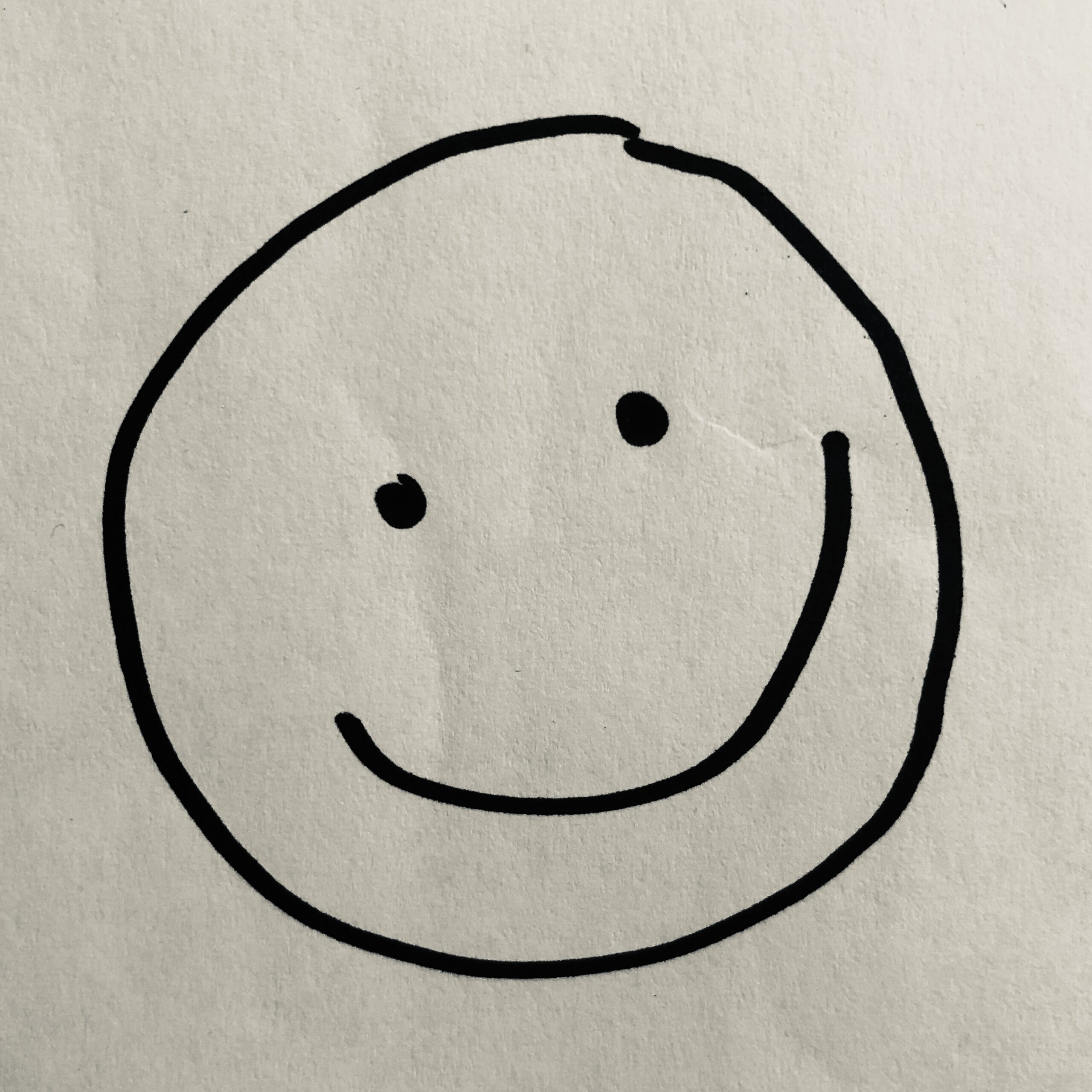Seminar Blogs
“On Civic Participation through Performative Protest” – Bernice Ong
In this session with Jon McKenzie, Lara Harvey and Veronica Cinibulk from Cornell University (January 27, 2021), we were introduced to the term Design Justice. This is an ongoing movement where communities and individuals would strategically use cultural performance forms to carry out activism work through persuasive, human-centered content. While the inherent positioning is one of protest, the approach seems less of antagonism but would shift the focus to context as with the efforts by the Cornell Center on the Death Penalty Worldwide to save Montgomery from the death penalty for her violent murder of pregnant mother Bobbie Jo Stinnett on grounds of mental illness and traumatic life circumstances (CLS n.d.). Their approach was by raising awareness of Montgomery’s horrific life story through social media, poetry, and a photographic slide journal.
This was done to stimulate a different point of view to challenge the often-one-sided interpretation of ‘justice’. What does justice mean, and in what ways can justice be enacted? Who are the victims and the perpetrators? Who should justice be for? Importantly, who can speak about justice? Core to this approach is the participatory voices of ordinary folk. We were asked to consider instances of extreme sentencing and the creative possibilities of appealing to different perspectives and outcomes. However, the legality and acceptability of any expression of dissent, even through creative posturing, is also dependent on the law of the land or its interpretation by the state. This made me recall several instances in my home country of Singapore where such creative posturing is frowned upon by the powers that be so as to maintain public peace and stem social and political unrest.

Some examples include the social worker and activist Jolovan Wham’s public display of a hand-drawn smiley face on a cardboard piece as support for two young climate change activists (Al Jazeera 2020); a silent performative protest with eight other activists while seated on a public train blindfolded and holding a book emblazoned with the words “1987: Singapore’s Marxist Conspiracy 30 Years On” to commemorate 22 social activists and volunteers who were arrested and detained under the Internal Security Act (HRW 2017); and the performance artist Seelan Peelay’s “32 Years: The Interrogation of a Mirror,” where Peelay was arrested whilst holding a mirror outside the Singapore Parliament House in his commemoration of Singapore’s longest-held political prisoner Chia Thye Poh (Benner 2018; Han 2018; Koay 2019). All were deemed to have violated the Public Order Act in Singapore.
What indeed differentiates creative expression from the potential disruption of public order in the eyes of the law? What can persuade governments to critically and positively consider community-led responses, solutions, and outcomes? This surely differs from country to country, culture to culture, and I do not quite know where to start. I think that perhaps I have also been accustomed to keeping silent, for better or worse, but I do agree that the importance of democratic participation cannot be slighted. A meaningful establishment of a public sphere should welcome civic interest in controversial issues by having those in positions of power recognize the importance of engaging and hearing from all factions of the community.
References
- Al Jazeera. 2020. “Singapore activist in court over one-man ‘smiley face’ protest.” Al Jazeera, November 23, 2020. https://www.aljazeera.com/news/2020/11/23/singapore-activist-charged-over-one-man-smiley-face-protest.
- Benner, Tom. 2018. “Singaporean artist jailed after peaceful protest.” Al Jazeera, October 12, 2018. https://www.aljazeera.com/news/2018/10/12/singaporean-artist-jailed-after-peaceful-protest.
- Cornell Law School. n.d. “The Case of Lisa Montgomery.” Accessed February 4, 2021. https://deathpenaltyworldwide.org/project/savelisa/.
- Design Justice Network. 2018. “Design Justice Network Principles.” Last modified summer 2018. https://designjustice.org/read-the-principles.
- Han, Kirsten. 2018. “No solo protests allowed in Singapore.” Asia Times, May 19, 2018. https://asiatimes.com/2018/05/no-solo-protests-allowed-in-singapore/.
- Human Rights Watch. 2017. “Singapore: Drop Case Against Peaceful Protester.” HRW, November 29, 2017. https://www.hrw.org/news/2017/11/29/singapore-drop-case-against-peaceful-protester.
- Koay, Andrew. 2019. “Here’s the story behind how a S’porean artist ended up getting arrested outside Parliament House.” Mothership, June 15, 2019. https://mothership.sg/2019/06/seelan-palay-arrested-parliament-artwork/.

